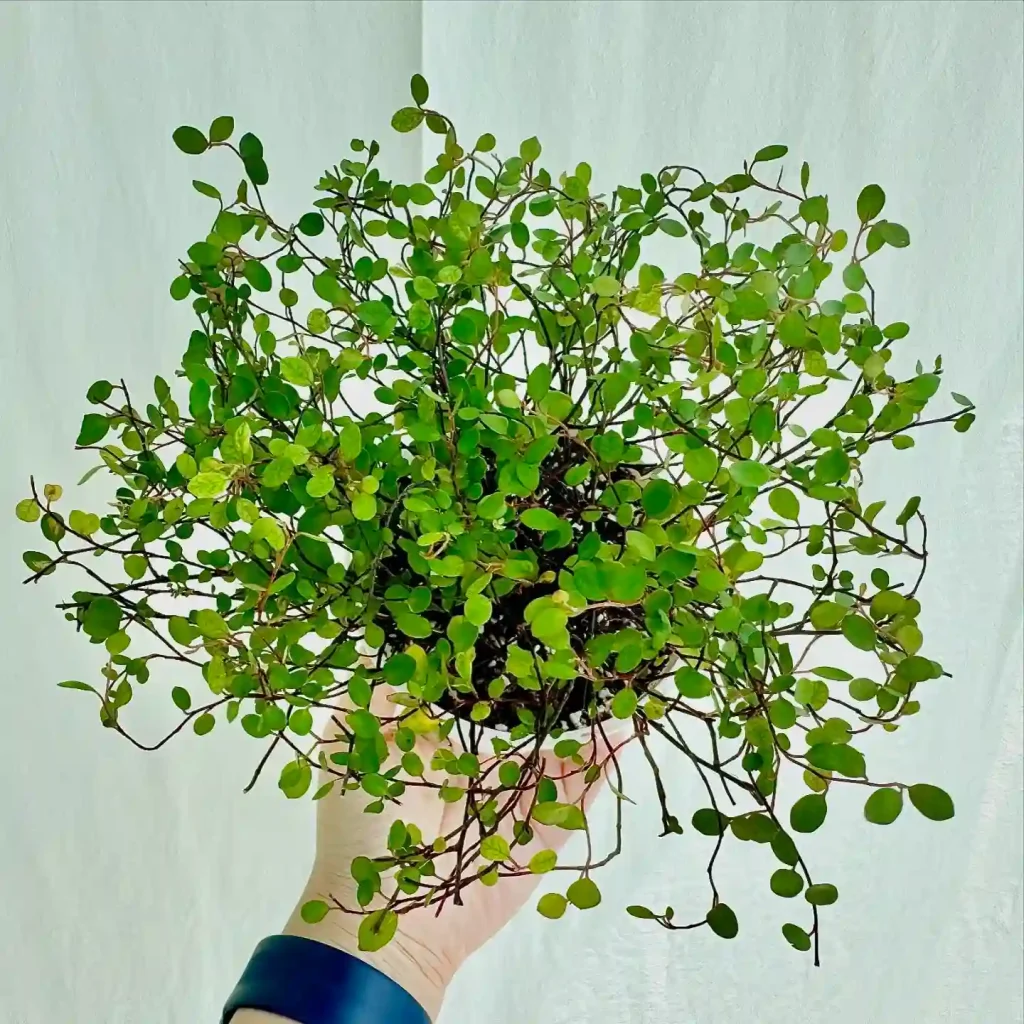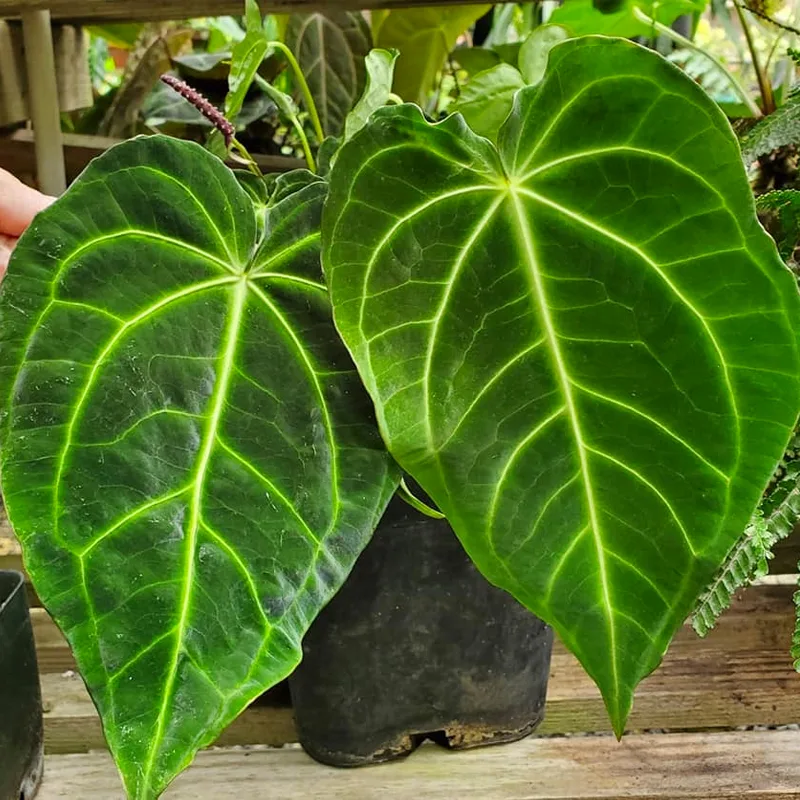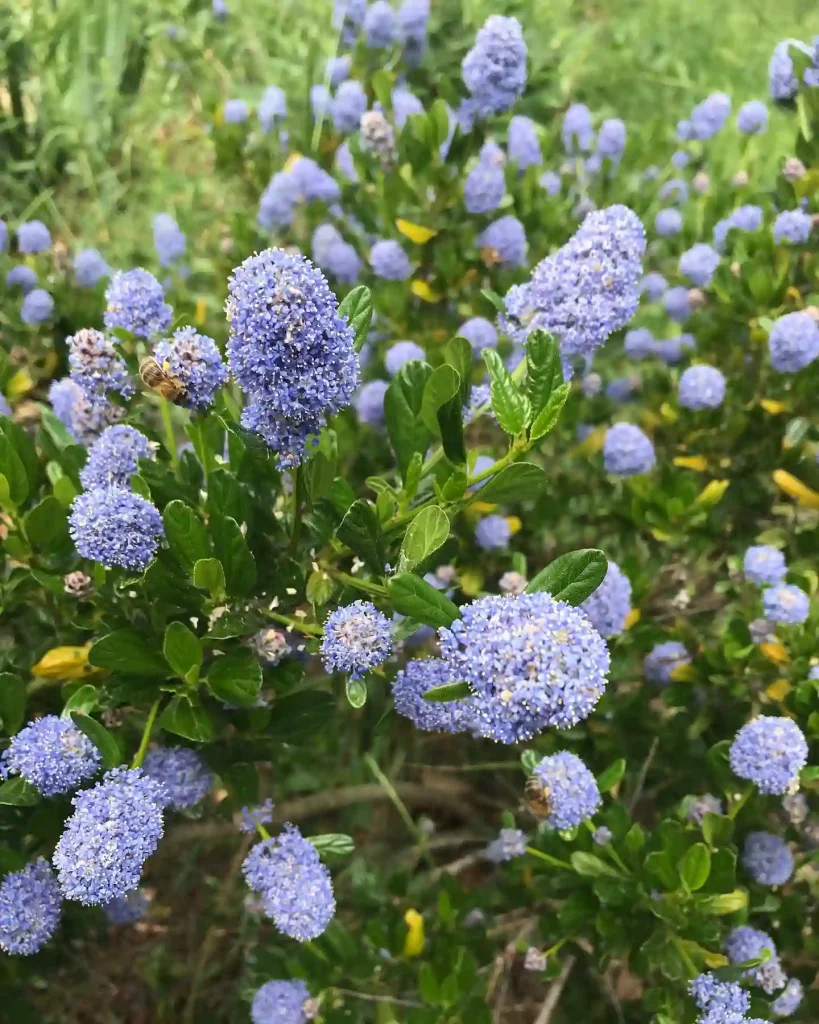The Enigmatic Cistanche: A Desert Treasure
My name is Ferb Vu, and I’ve always been fascinated by the strange and wonderful adaptations of desert plants. The stark beauty of arid landscapes, where life clings tenaciously to existence, holds a special allure. Of all the desert dwellers, the Cistanche genus, belong to the Orobanchaceae family, with its unusual lifestyle and remarkable properties, has captured my imagination.
These fascinating plants, often referred to as “desert hyacinths,” are holoparasites. Now, that might sound a bit like something out of science fiction, but it simply means they lack chlorophyll – the green pigment most plants use to make food through photosynthesis. Instead, Cistanche species get their nutrients and water by tapping into the roots of nearby host plants. It’s a strategy that allows them to thrive in harsh desert environments where resources are scarce.
Imagine my excitement when I first encountered a Cistanche in bloom. Emerging from the sandy soil like a fleshy, otherworldly beacon, its thick stem was crowned with a cluster of vibrant yellow flowers. It was a sight that spoke of resilience and the incredible diversity of life on Earth.
A Diverse Genus
The Cistanche genus boasts a surprising number of species, each with its own unique characteristics and distribution. Here are just a few examples:
- Cistanche deserticola: Perhaps the most well-known species, Cistanche deserticola is native to the deserts of Northwest China and Mongolia. It has a long history of use in traditional Chinese medicine.
- Cistanche tubulosa: This species is found in North Africa, the Middle East, and parts of Asia. It’s known for its striking, trumpet-shaped flowers.
- Cistanche salsa: Another Asian species, Cistanche salsa is often found parasitizing shrubs in saline environments.
- Cistanche phelypaea: This Mediterranean species has bright yellow flowers with purple-veined throats. It’s a striking sight against the backdrop of arid landscapes.
- Cistanche aethiopica Beck
- Cistanche afghanica Gilli
- Cistanche armena (K.Koch) M.V.Agab.
- Cistanche christisonioides Beck
- Cistanche compacta (Viv.) Bég. & A.Vacc.
- Cistanche feddeana K.S.Hao
- Cistanche fissa (C.A.Mey.) Beck
- Cistanche flava (C.A.Mey.) Korsh.
- Cistanche lanzhouensis Z.Y.Zhang
- Cistanche laxiflora Aitch. & Hemsl.
- Cistanche lutea (Desf.) Hoffmanns. & Link
- Cistanche mauritanica (Coss. & Durieu) Beck
- Cistanche mongolica Beck
- Cistanche ridgewayana Aitch. & Hemsl.
- Cistanche rosea Baker
- Cistanche sinensis Beck
- Cistanche speciosa Butkov
- Cistanche stenostachya Butkov
- Cistanche trivalvis (Trautv.) Korsh.
- Cistanche violacea (Desf.) Hoffmanns. & Link
More Than Meets the Eye
Beyond their unusual lifestyle, Cistanche species have attracted attention for their potential medicinal properties. In traditional medicine systems, various species have been used to address a wide range of ailments. Modern research is beginning to explore these traditional uses, investigating the potential of Cistanche extracts in areas such as:
- Neuroprotection: Some studies suggest that compounds in Cistanche may have protective effects on nerve cells, potentially benefiting individuals with neurodegenerative diseases.
- Immune function: Cistanche extracts have been shown to modulate immune responses in some studies, which could have implications for various health conditions.
- Antioxidant activity: The plants contain antioxidants, which may help protect cells from damage caused by free radicals.
While research is ongoing, the potential health benefits of Cistanche are certainly intriguing. It’s a testament to the hidden treasures that can be found in even the most unexpected places.
Conservation Concerns
Despite their hardiness, Cistanche species face threats due to habitat loss and over-harvesting for medicinal use. Sustainable harvesting practices and conservation efforts are crucial to ensure the survival of these unique plants. It’s a reminder that even in the harshest environments, life is delicate and deserves our protection.
My fascination with Cistanche continues to grow. These plants are a testament to the ingenuity of nature, thriving in challenging conditions and offering potential benefits to human health. As I continue to learn more about them, I’m filled with a sense of wonder and a deep appreciation for the intricate web of life that connects us all.
If i die, water my plants!



